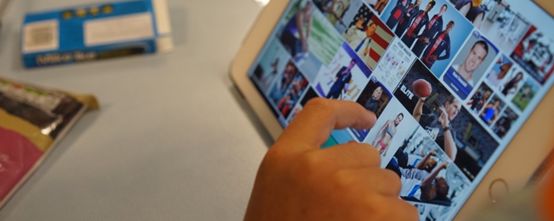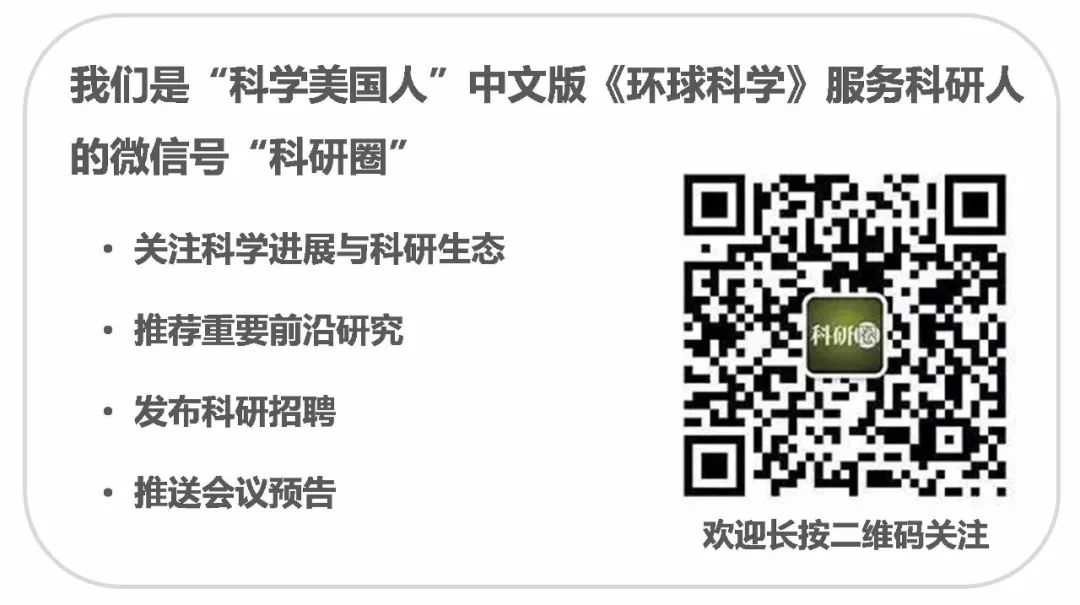青少年对社交媒体的使用,可能比我们想象的更聪明 | Sport, Education and Society 论文推荐
来源 Taylor & Francis
对于社交媒体而言,青少年用户的价值比我们想象的还要重要得多。而社交媒体想要获得更好的收益的话,则必须提高对青少年用户的支持。
最近发表在 Taylor & Francis 出版集团旗下 Sport, Education and Society 期刊上的,主要关注青少年上网习惯的一项新研究发现,与大家的刻板影响不同,年轻人并不是被动接受网上的所有内容的。
研究人员分析了来自英国10所学校中13至18岁青少年的1300份问卷调查,该研究关注的重点为青少年如何处理社交媒体中与卫生健康相关的内容,以了解这些内容与行为对青少年的卫生保健行为和知识的影响。
研究发现,大多数青少年会直接忽略他们认为与他们无关的内容,比如“建议”或“推荐”栏目中的内容,认为这不适用于他们的年龄组。
许多人还强烈批评被社会名流赞同的内容。比如一位参与者说:社会名流的生活方式是“我们才不会那么活”的生活方式,因为名流们与其说经常锻炼,不如说经常“做手术”。
然而,很多参与者仍然很难区分名人赞同的内容和运动员发表的内容,这就使他们容易受到名人的影响。
在这次问卷调查反馈中反复出现过于完美的“自拍”带来的强烈同伴压力,或者互相“点赞”中的复杂而微妙的人际关系,这两个问题都有可能影响青少年健康的相关行为。
主要作者伯明翰大学的维多利亚·古德伊尔(Dr. Goodyear)博士强调,我们亟需加强关于社交媒体对年轻人的正面和负面影响的了解。她说:“我们知道很多学校、教师和家长/监护人都担心社交媒体可能对年轻人存在健康风险。
“但是与主流观点相反,我们的研究数据显示并非所有的年轻人都会遭受可能损害他们健康的内容的影响。许多年轻人对相关信息其实是持批评态度的。” 尽管青少年有能力评估内容的好坏,但研究依然强调,成年人在支持年轻人、帮助他们了解相关的信息可能会对他们的健康造成多大的危害方面,仍然扮演着重要的角色。伯明翰大学教育副校长凯瑟琳•阿莫尔(Kathleen Armor)教授补充说:“其实更重要的是我们要明白,青少年可以很快会从有足够能力正确地处理社交媒体信息、变成被大量信息和压力压垮。”
“如果青少年正处在脆弱或敏感时期,那社交媒体内容的巨大的宽度和强度完全可能加剧这种情况。而此时成年人的理解和帮助就变得至关重要了。”
古德伊尔博士建议,因为社交媒体提供了重要的学习机会,大人不应该不让年轻人使用社交媒体。学校和家长/监护人应该把重点放在社交媒体的使用体验上,帮助青少年批判性地思考他们接受的信息,理解这些信息背后的积极和有害的影响。更重要的是,这一过程必须引入课堂,以帮助解决青少年和成年人互相理解,弥合双方对社交媒体的理解存在的差距。
相关论文信息
标题 Young people and their engagement with health-related social media: new perspectives
作者 Victoria A. Goodyear , Kathleen M. Armour,Hannah Wood
发表日期 Published online: 25 Jan 2018
Doi https://doi.org/10.1080/13573322.2017.1423464
摘要 Young people are increasingly turning to social media for health-related information in areas such as physical activity, diet/nutrition and body image. Yet, there are few robust empirical accounts of the content and form of the health-related material young people access and attend to, or the health-related content they create and share. Furthermore, there is little guidance from research or policy on young people's engagement with health-related social media. This leaves many relevant adults ill-equipped to protect young people from the negative influences of social media and to optimize the potential of social media as a medium for health promotion. This article presents new evidence on young people's engagement with social media and the influences they report on their health-related behaviors. The research was undertaken with 1296 young people (age 13–18) using a participatory mixed methods design. Initially, a public pedagogy [Giroux, 2004. Public pedagogy and the politics of neo-liberalism: Making the political more pedagogical. Policy Futures in Education, 2, 494–503] theoretical framework was used to guide data analysis but this was found to be limiting. An adapted framework was developed, therefore, drawing on Miller et al. [2016. How the world changed social media. London: UCL Press] and Lomborg [2011. Social media as communicative genres. Journal of Media and Communication Research, 51, 55–71] to account for the unique ways in which pedagogy operates in a social media context. Young people accessed and used a range of health-related information on body transformations, diet/nutritional supplements or recipes and workouts/exercises, albeit in different ways. Moreover, young people identified five forms of content that influenced their understandings and behaviours: (i) automatically sourced content; (ii) suggested or recommended content; (iii) peer content; (iv) likes; (v) reputable content. The findings also suggest that relevant adults can reduce risk and realize more of the positive impacts of social media for young people by focusing on content, and the ways in which content is shaped in the interplay between interactive functionalities of social media (e.g. likes and followers) and young people's social uses of social media (e.g. friends, information).
论文链接 https://www.tandfonline.com/doi/full/10.1080/13573322.2017.1423464?utm_source=WeChat&utm_medium=post&utm_campaign=JMO03726
阅读更多
▽ 故事
· 解答奖金100万美元!你敢挑战这个物理学最难的方程之一吗?
· 不得癌症、永不衰老:这种“丑萌”动物,将为人类找到长寿之道?
▽ 论文推荐
· 吴岳良院士专访:太极计划与中国引力波研究 | NSR访谈
▽ 论文导读
内容合作请联系
keyanquan@huanqiukexue.com







